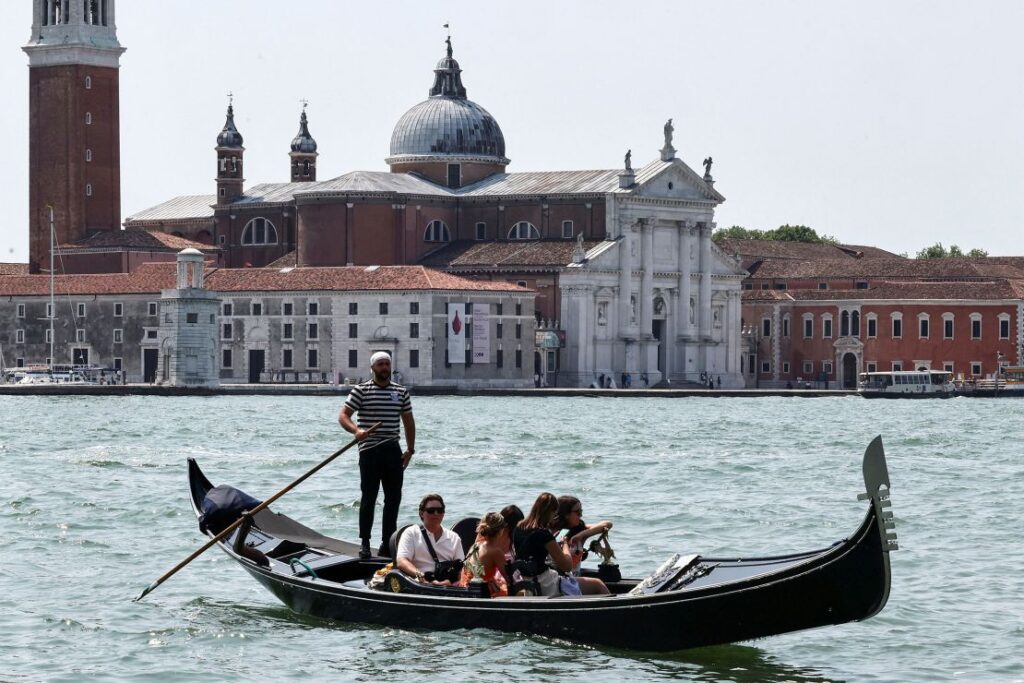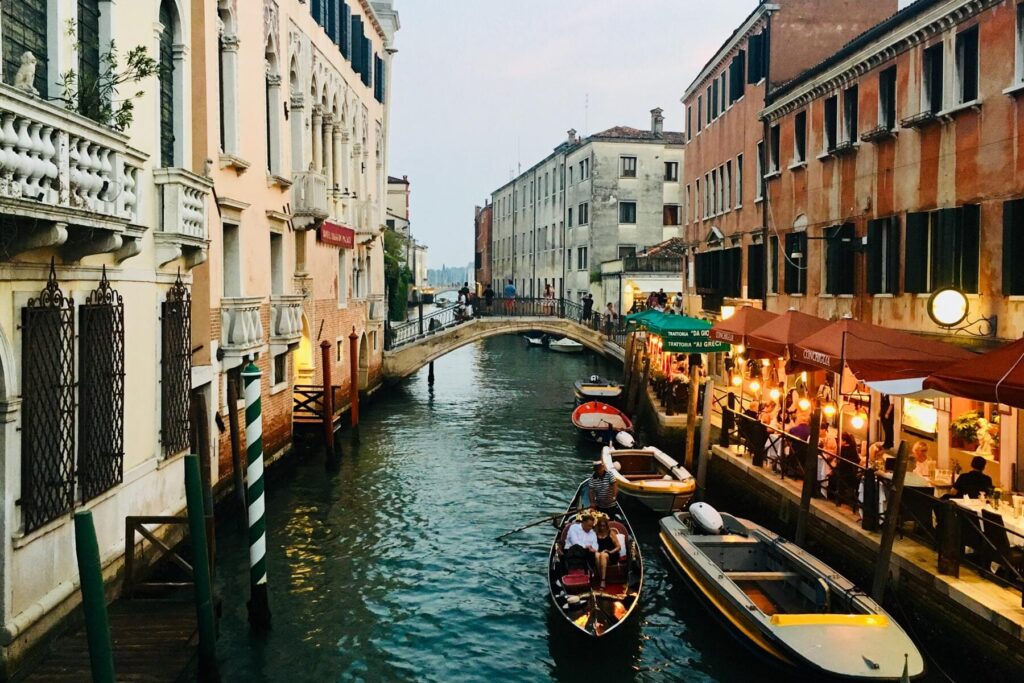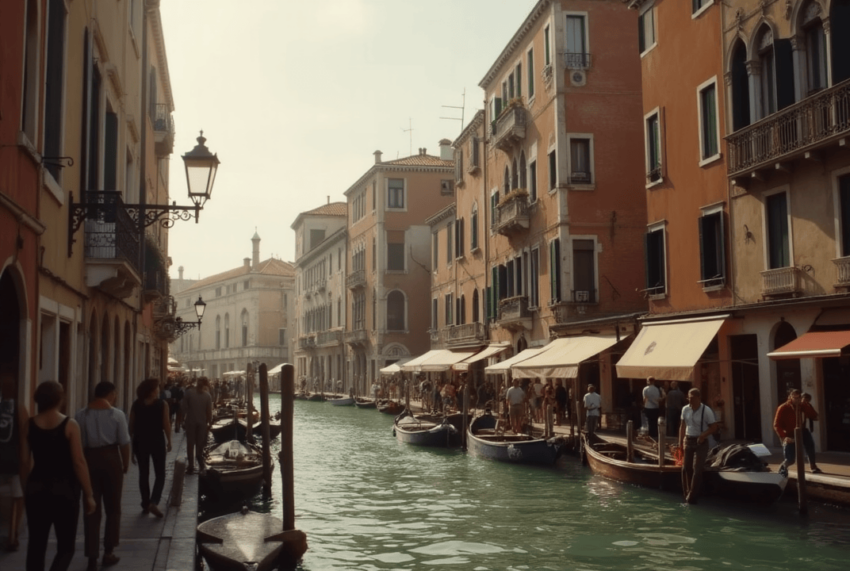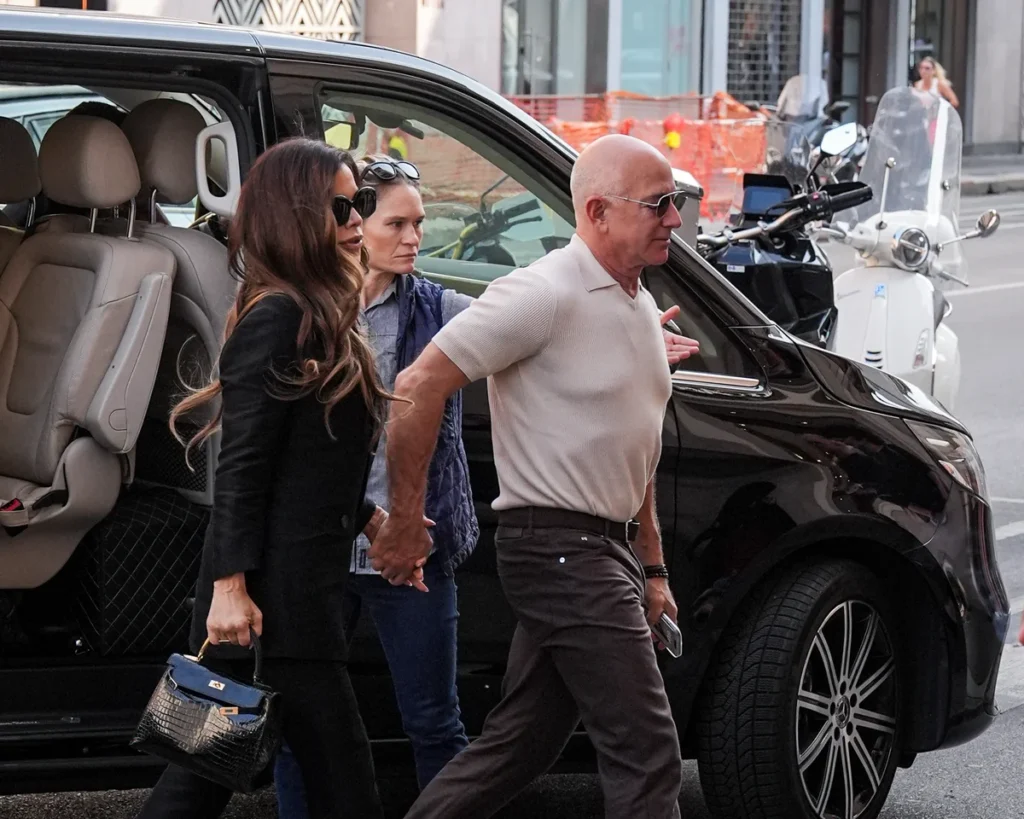In the beginning of June, during a high-profile wedding, the spotlight was on Venice. It was not the cultural heritage or typical gondolas that attracted the attention, but a celebrity wedding. Amazon founder Jeff Bezos and media celebrity Lauren Sánchez held their ultra-exclusive wedding celebration in this historic city. While the event was luxurious and dazzling, for many locals and critics, it meant much more: the increasing overtourism crisis, the commercialization of culture, and the gentrification of historical urban spaces.

The Ongoing Venice Tourism Crisis
Venice has always been a place deeply affected by the frustration of mass tourism. The city with over 20 million tourists and less than 50,000 local people faces a critical time in keeping balance as a living community besides being an open-air museum. The Bezos’ wedding and other such events only worsen this dilemma, thus showing in the clearest possible way that the Venice tourism crisis is inextricably mingled with regular life.
The effects of over-tourism are two-fold: environmentally and socially. The overbearing presence of enormous cruise ships, the widespread use of short-term rentals, and the emphasis on luxury experiences lead to the skyrocketing of prices, pollution, and the uprooting of local Venetians. Venice, which used to be the pulse of a league of maritime cities in the past, is now seen battling to preserve its culture while it is the world’s attraction.
Cultural Commercialization: Is Venice Still Authentic?
The marriage of Jeff Bezos became a symbol of the trend which makes the elite conduct their events using the cultural spaces of the city. One of the evident questions is: to what extent can the city continue to be identified with its soul if all it does is to provide the background to the events? The people and the architecture of Venice are no longer only for the use of Venetians but are always made ready for the next image that will go viral.
Local communities are not the only focus of cultural commercialization. In the present era, not only celebrities but also the visuals created on a daily basis by social media influencers and the theme of destination weddings have turned it into a tourist attraction. What then? To make way for sanitized, luxury-oriented version of Venetian culture. It’s just that traditional craftwork, dialects, and the local customs which weren’t too long ago the heart of the city’s ethos are now being displaced in favor of the visual attraction of a sanitized, luxury-oriented Venetian culture.

Displacement: Elite Tourism Redefines Urban Spaces
As is shown by the occurrence of Bezos’s wedding, the wealthier are more and more taking over the once famous travel destination and single-handedly building their own customer base. Venice, Barcelona, and Lisbon were once affordable and community-oriented but now, the situation is that only the rich can afford to live there and consumption demands are at their peak. The trick is played here by means of luxury events held in public places, which mostly, for example, in Venice, are virtually converted into a cluster of exclusive spots, while the residents are deprived of them, and all this is done to the detriment.
The festivity held in Venice was an event that indeed had an exclusive touch opening the doors to exclusive events, thus, depriving the public of their spots for freedom, privacy, and genuine fun, hence, redirecting the people to where such an activity is taken. To wit, if we consider Bezos’s wedding in Venice, it severely hit with the following things: availability of the video-wides, surveillance, traffic jams. For the locals, it becomes a clear message that they are no longer welcome in their places or that at least they have no right to that place anymore, thus, they feel excluded.
It is an uneven condition that led to urban de-inhabitation. The Venetians, apart from the high cost of living, leave the city due to lack of job opportunities, the dominance of the tourism industry, and the decline of local life. On the other hand, the rising number of palazzos and boutique hotels turned into international meeting zones that are rarely visited by the local people are the hangout place of the privileged rich.
Opinions of Venetians Opposed to Weddings in their City
During Bezos’ celebration, the people voiced their anger by holding banners denouncing the private use of public areas and condemning the compulsory imposition of luxury tourism as a dominant factor. Namely, the very recent Bezos wedding is not the only event attended by protesters who were against the privatization of public space and the mere existence of big tourist ships, but even such a brand as Greenpeace from person to person still has voiced on the issue.
The Venice wedding protests were a sign of a much larger and longer-lasting issue, not just of one man and one single episode. Through their protests, the local people were pointing out that their authorities’ silence towards high carbon emissions caused by helicopters, private yachts, and the dishonesty of selling luxury as being green products made them feel alienated and deprived of the power to decide on the touristic industry of their city.
The locals of Venice said that their city was being increasingly gentrified for foreigners, with their own feedback from the bottom of no account. Apart from the above, other cities in Europe are facing similar challenges regarding tourists as well.

Urban De-Inhabitation: The Hollowing Out of Cities
Urban de-inhabitation is the outcome of a combination of forces, such as rapid growth in real estate prices, the proliferation of short-term rentals, and the exploitation of streets for tourism purposes. Venice is the epitome of this change.
Presently, the whole of Venice’s interiors are vacant during the off-season. The decrease in the student population brings to closure the schools. Once the artisan industries are replaced by other more modern ones, the traditional shops shut down. The main clients of the city are merely those luxury boutiques and ordinary souvenir kiosks.
How the city looks in photos is a whole different story than what one would experience in reality. The interaction between place and people is no longer there at its original level.
The Impact of Bezos’s Luxurious Wedding on the City
The wedding of Bezos was executed using landmarks of historical significance, such as the Fenice Opera House and the Taverna La Fenice restaurant and a private yacht. The wedding had to meet the requirements of the event like some roads having to be closed temporarily, high surveillance, and visible changes in the city’s rhythm.
The Bezos wedding was just a single event that set to the mind the image of Venice as a billionaires’ paradise. The other part is that it started a brand-new conversation about how the consumption patterns of the rich perpetuate the crisis of tourism in Venice.
It raises the question: How can a city maintain its identity in the situation where the landmarks are regarded as the put-ons?

Going in the Direction of Sustainable Tourism
It’s not to say that the whole city has been given up. Various movements such as the groups of activists, city planners, and the local citizens who think about the future of their place are having their say in the mainstream. While some ideas have been ventilated, a visitor muxeija
Cultural commodification can be halted by communities making their own narratives. This power of the cities could balance the attraction of tourism with the health of the residents. It means that we can adopt the methods of cities like Amsterdam and Kyoto, which are going to be a paradigm for Venice.
Conclusion: Venice at a Crossroads
The wedding of Bezos was not an isolated incident; it was an illustration. The event, which was held in Venice, stood as an image that mirrored the journey of the city, which had gradually reduced from a full-fledged city to just a backdrop. The Venice tourism crisis is a struggle caused by the excess of tourists and the conversion of culture into a commercial product. Nevertheless, through these events, there might be a possibility to start a relevant dialogue about these problems.

The question is: Venice now finds itself in an uncertain position,live on a living city to its people or fashion itself as a luxury item for global elitists? Together as tourists, citizens, and the decision makers that will shape the future, we need to make the choice of what kind of future this historical city ought to have.